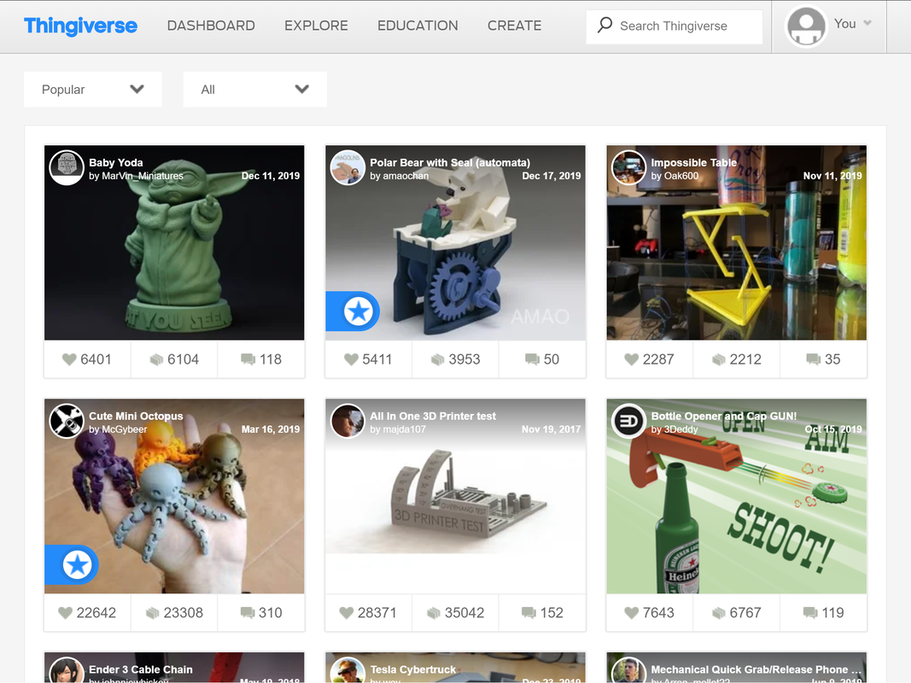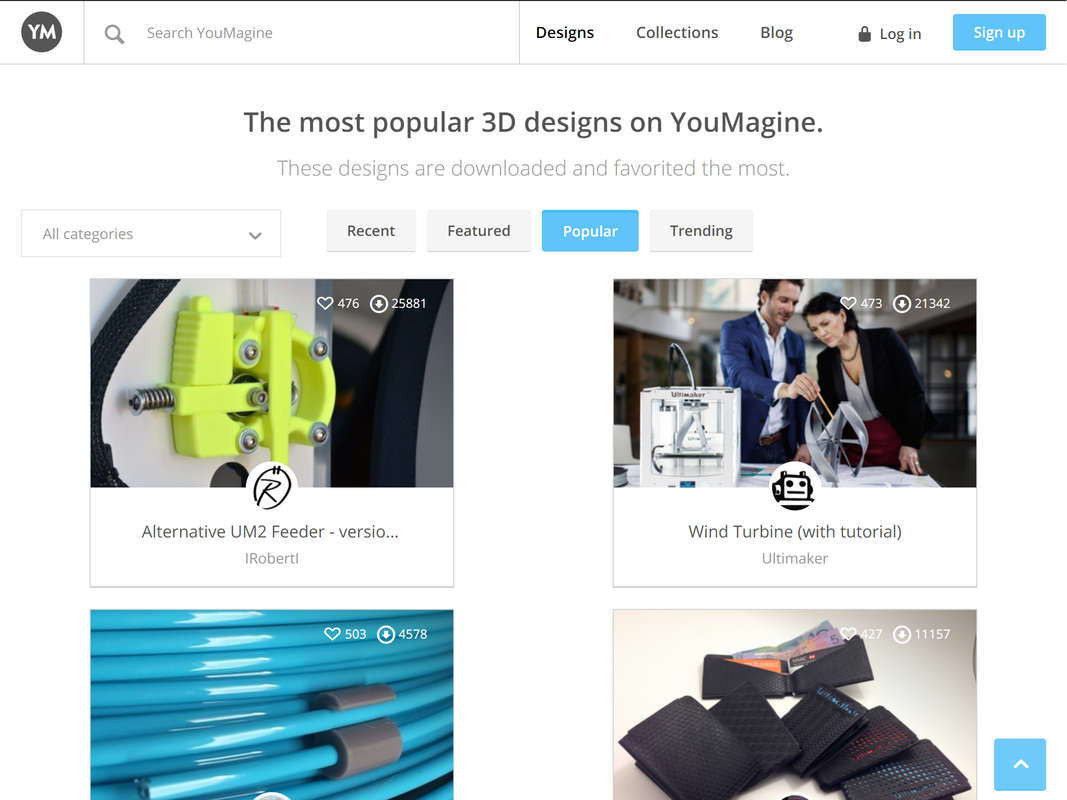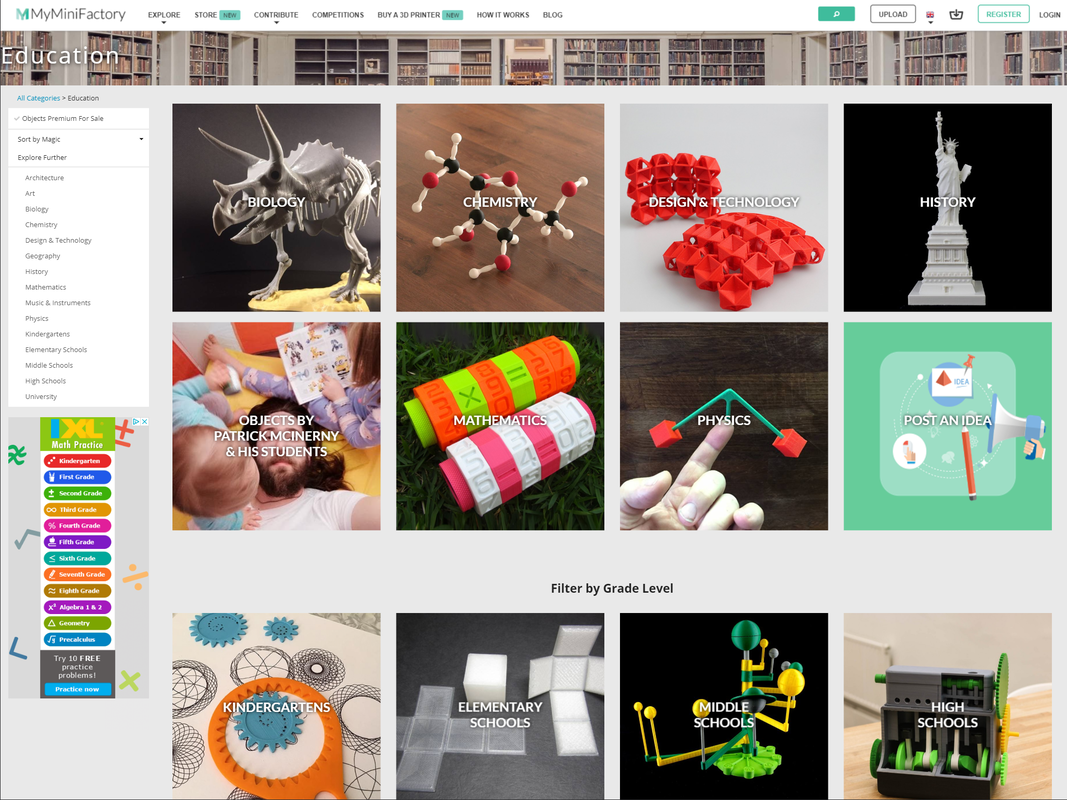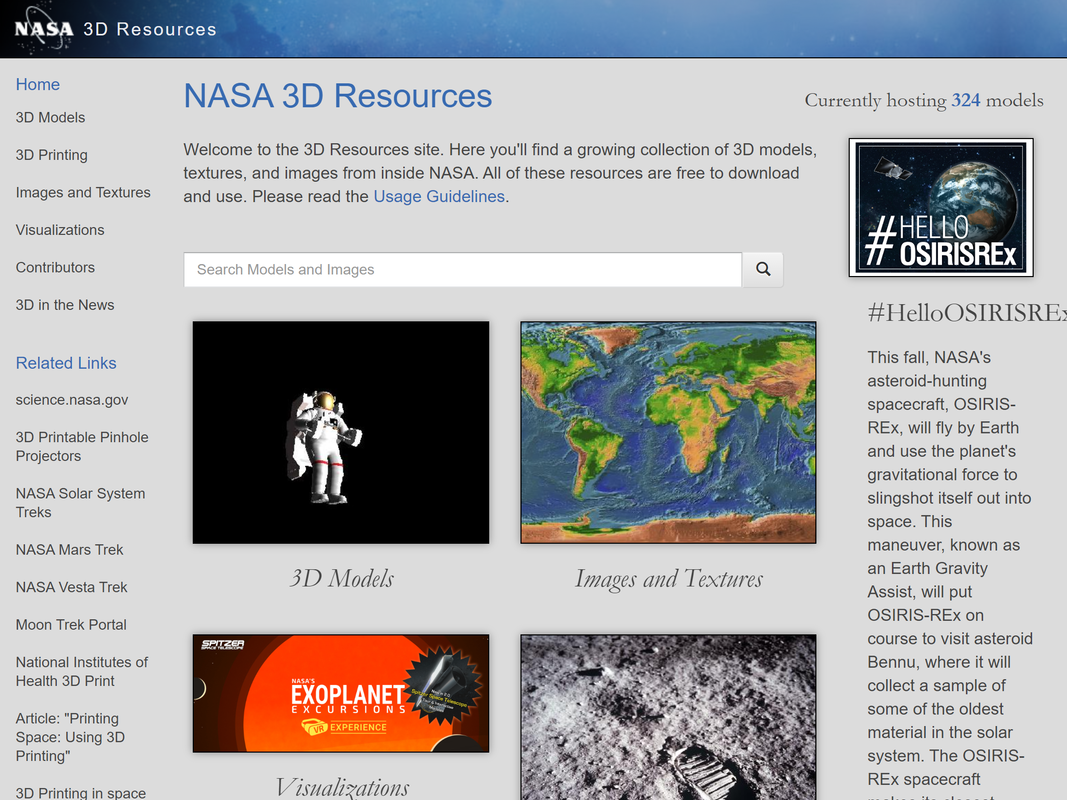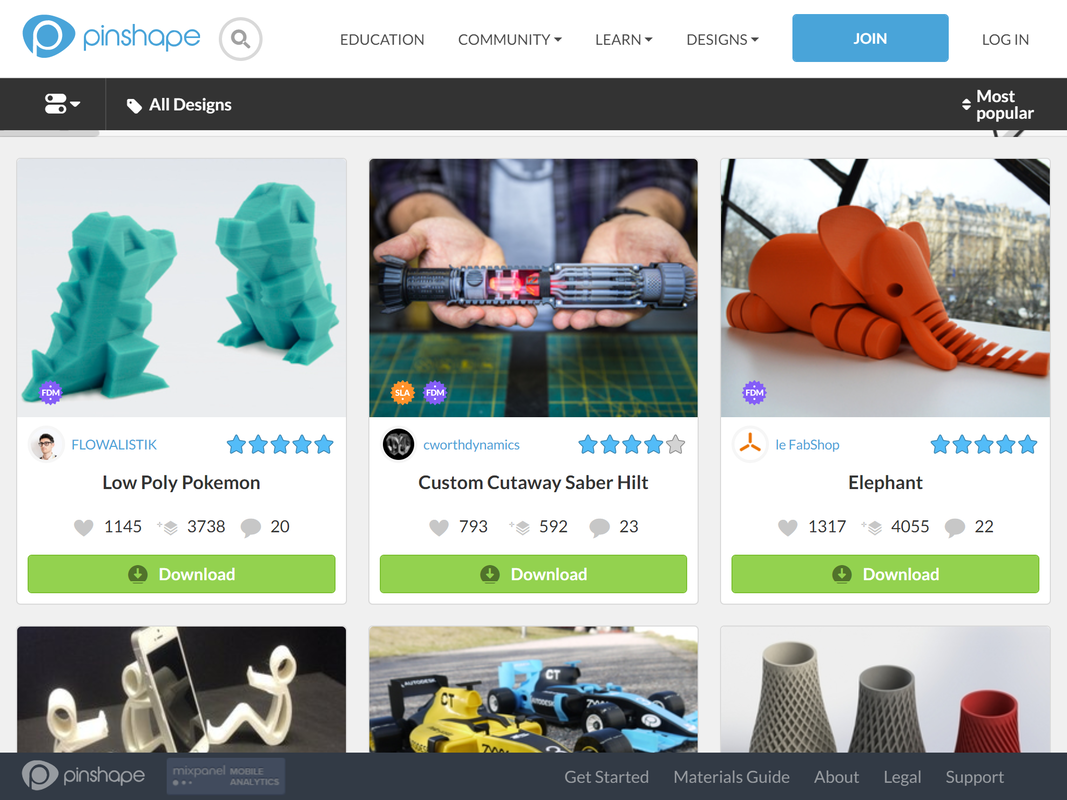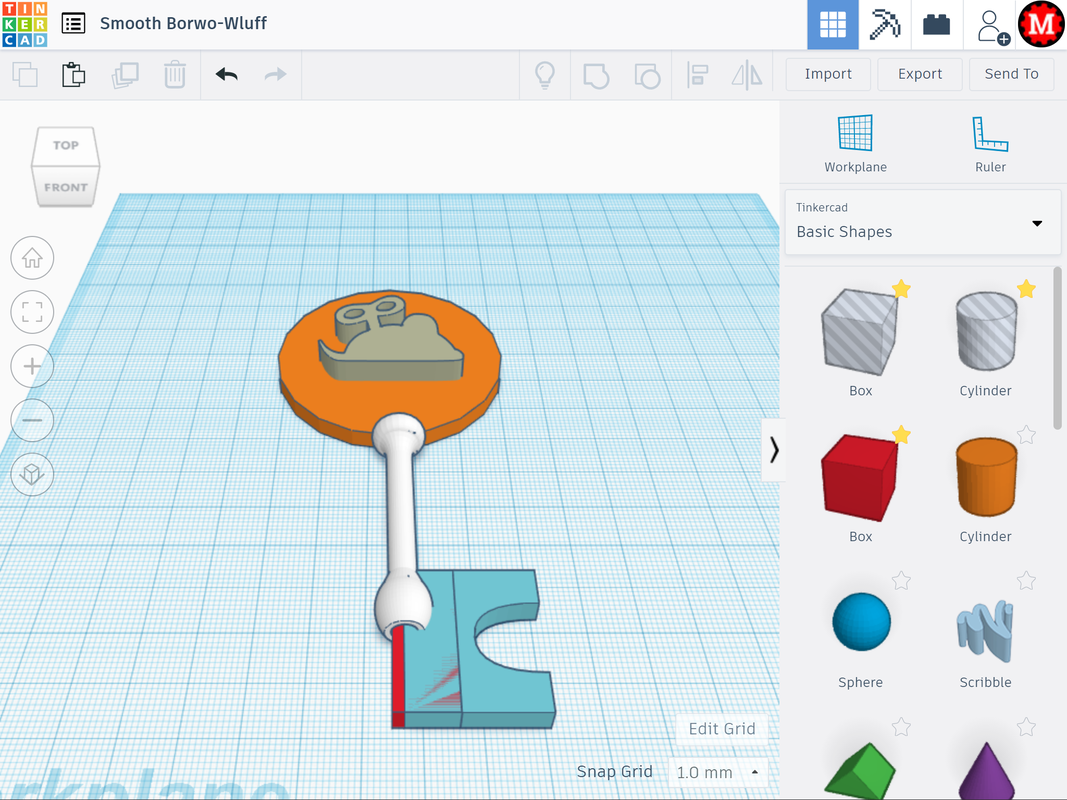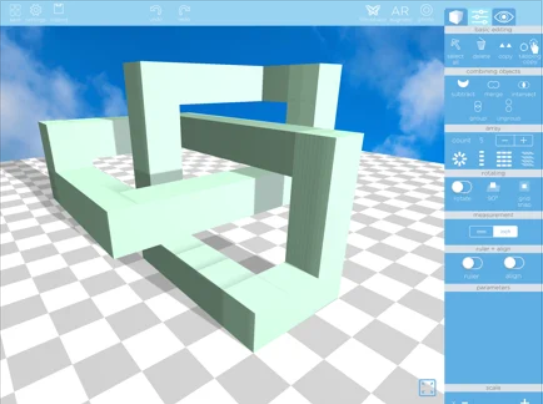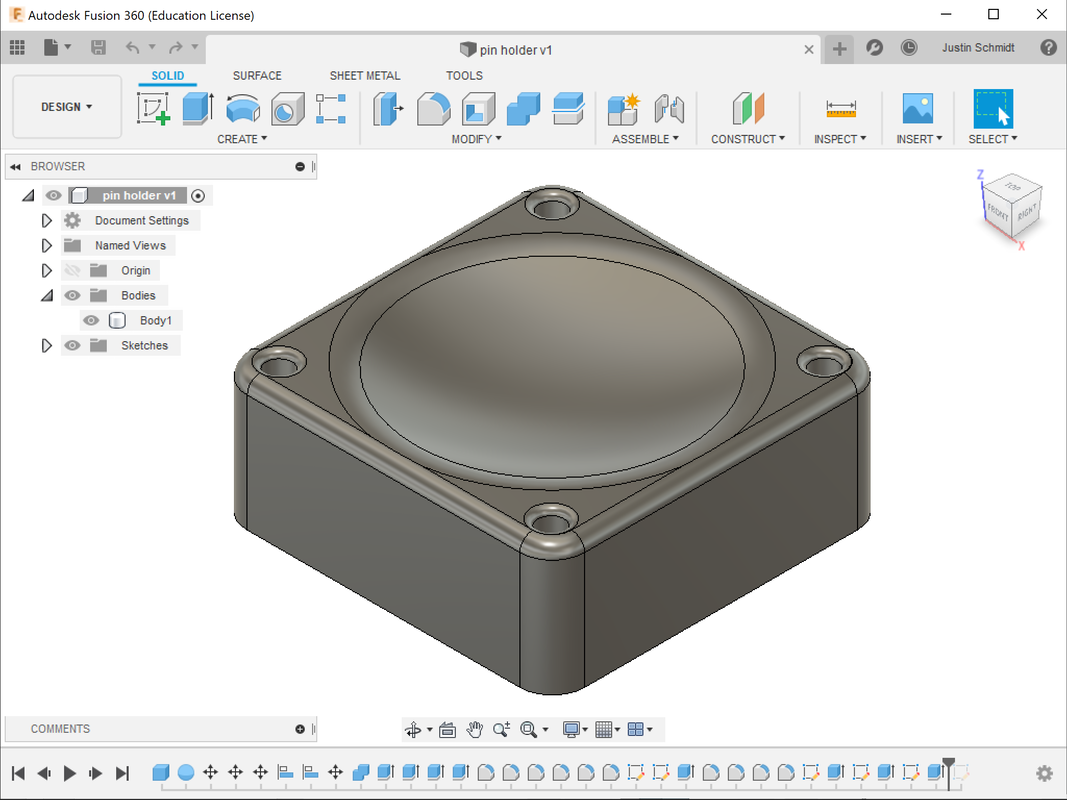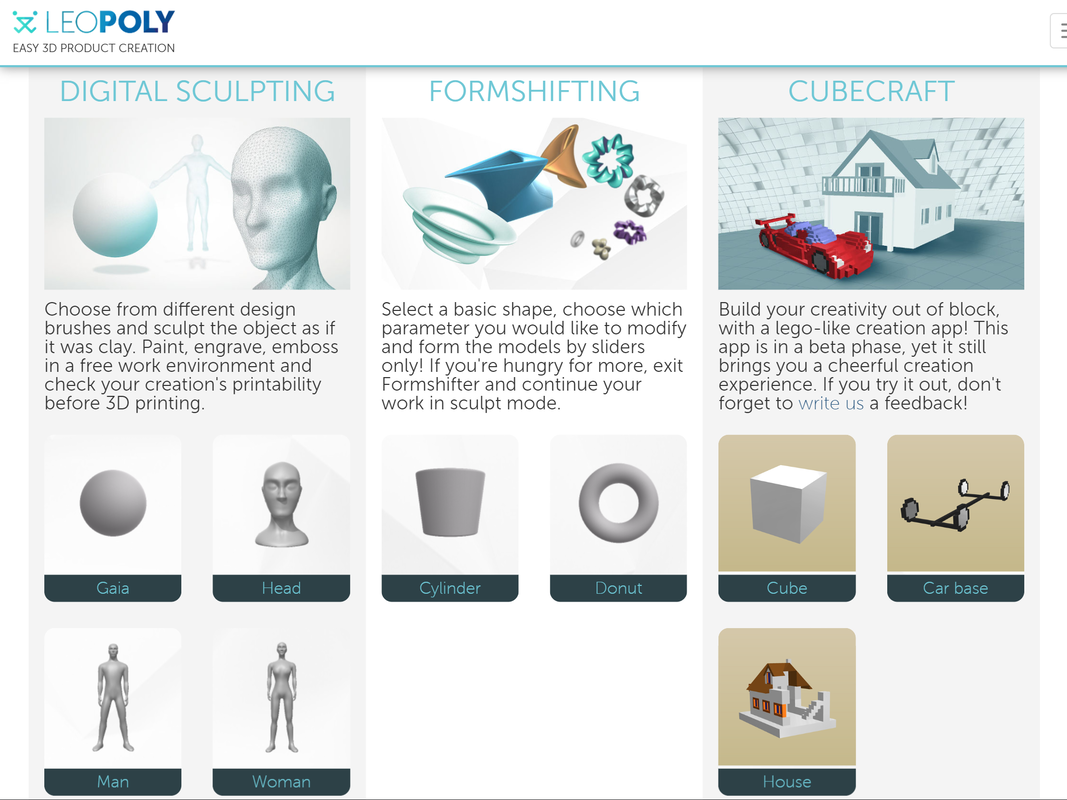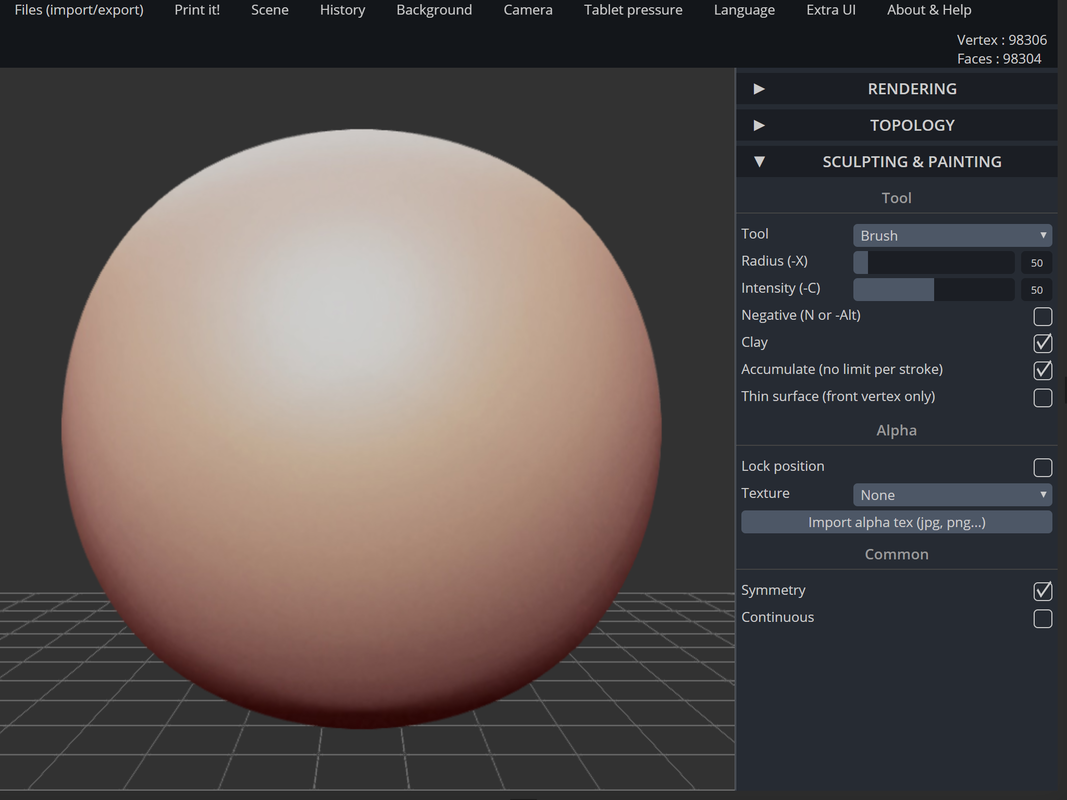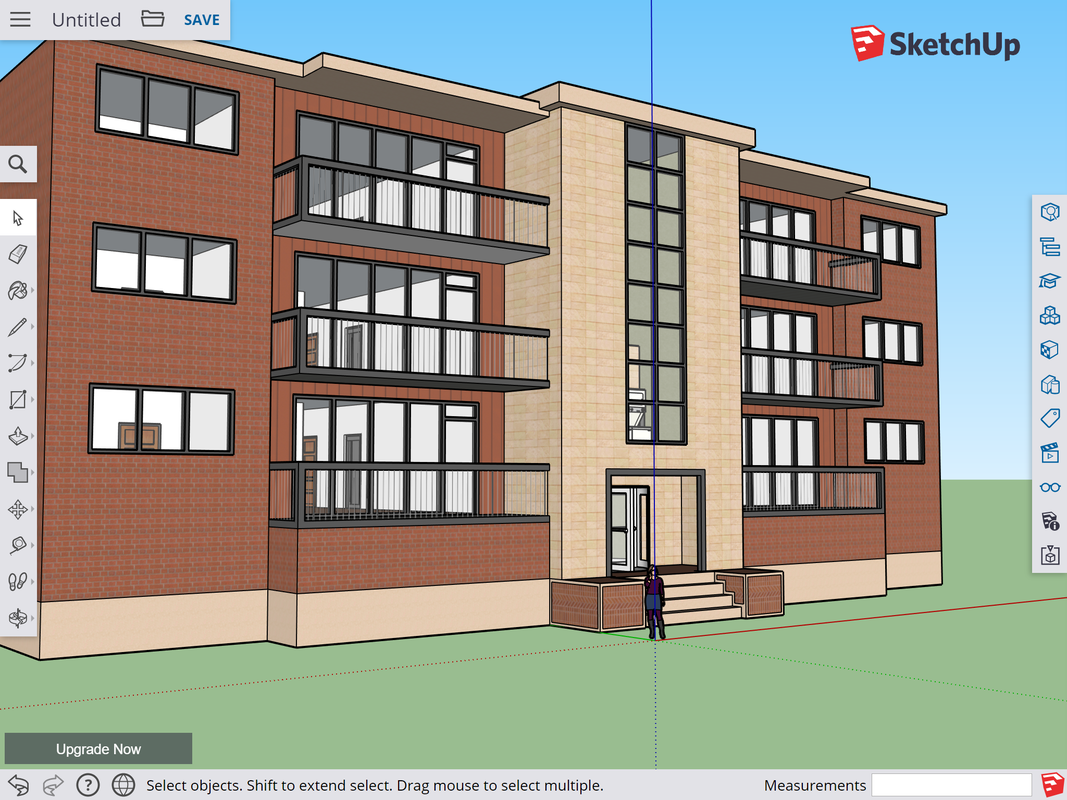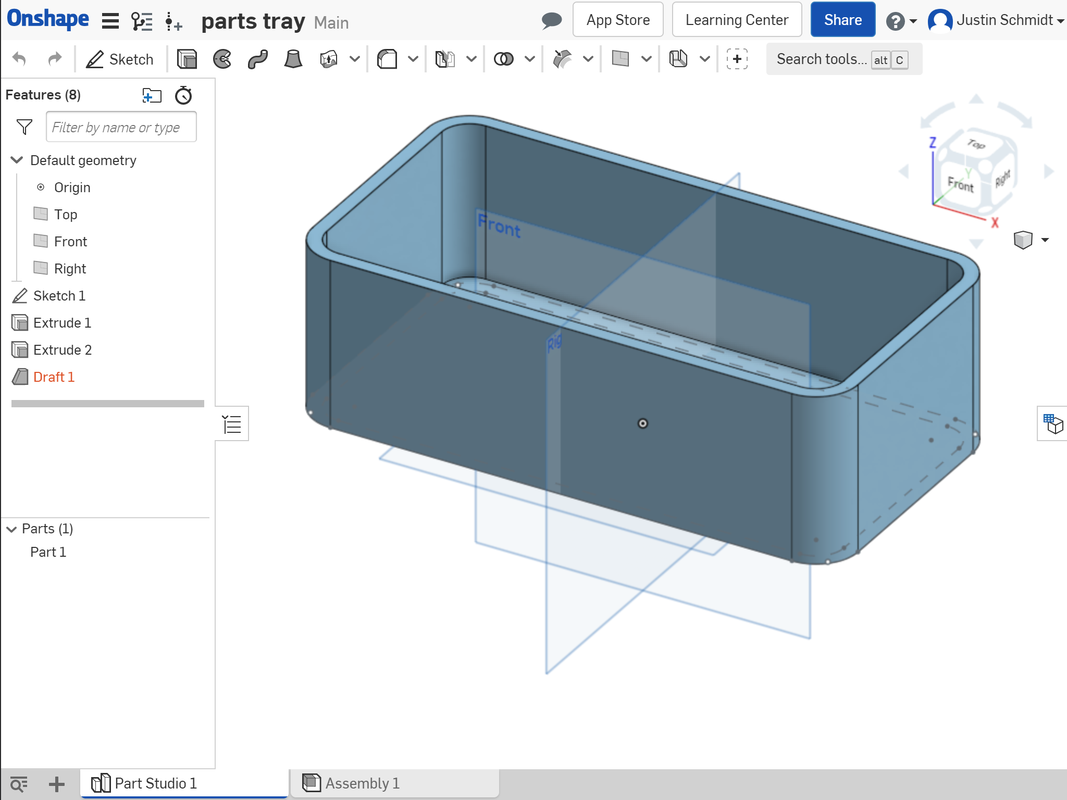3D Design Tools
For a part to be 3D printed, there needs to be a digital 3D model. 3D models can be created using 3D modeling software (also known as Computer-Aided Design/Drawing or CAD software), or downloaded from digital source parts libraries. While 3D digital models are typically saved in STL (stereolithography, a format which describes complex shapes as a series of triangles), most 3D design software also has exporting capabilities which allow a design to be exported with 2-dimensional descriptions such as SVG or DXF, for cutting and engraving applications.
